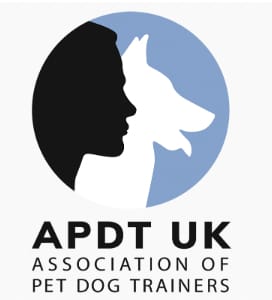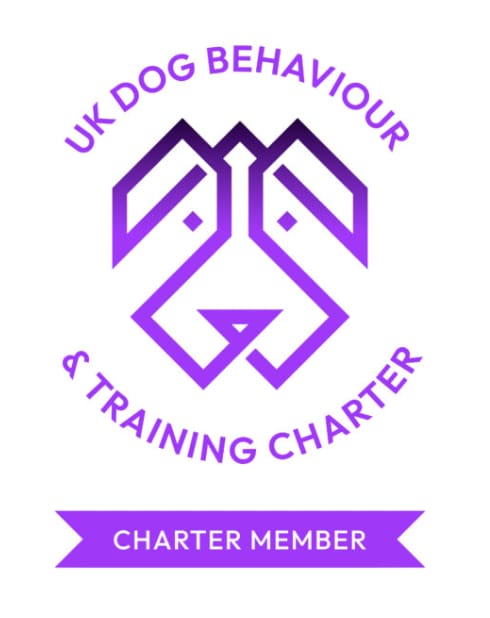How to Train a Dog: The Essentials
17/02/2016 - Blog
Dogs are renowned for being loyal, faithful and obedient, but they’re only as good as their training allows them to be. Even the most well-behaved and clever breeds won’t start doggy-dancing routines by themselves – they have to be taught.
As experts in dog training in Surrey, we recommend using positive reinforcement techniques to train your dog. Punitive methods may still be in use in some quarters, but research has shown such methods to be associated with aggressive responses and poorer performance, and we feel that positive methods have a much better outcome.
Plan Your Training
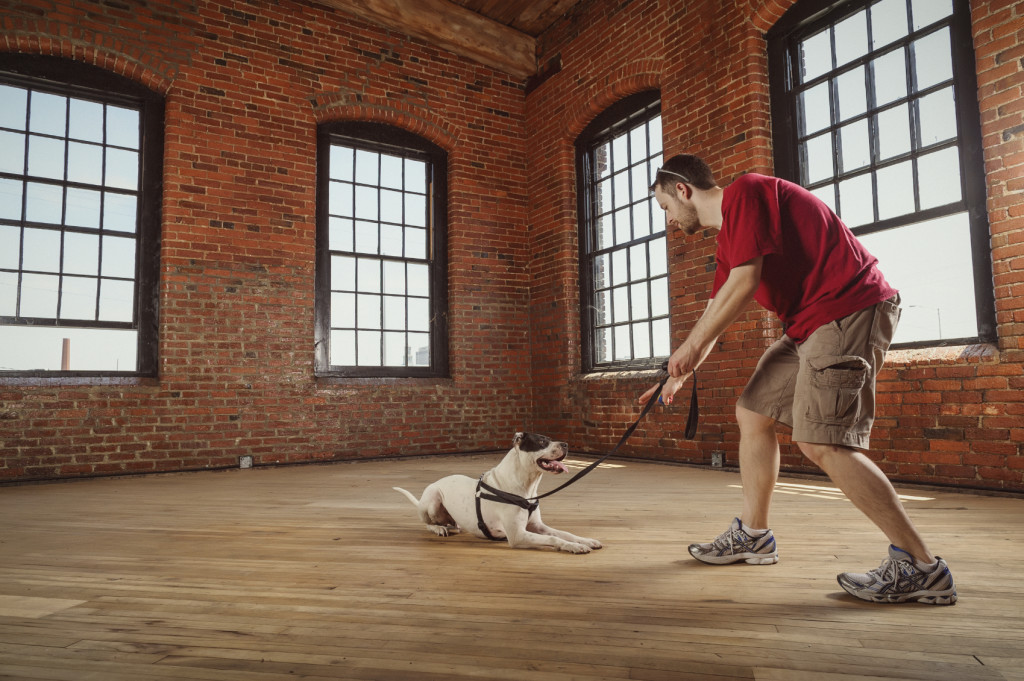
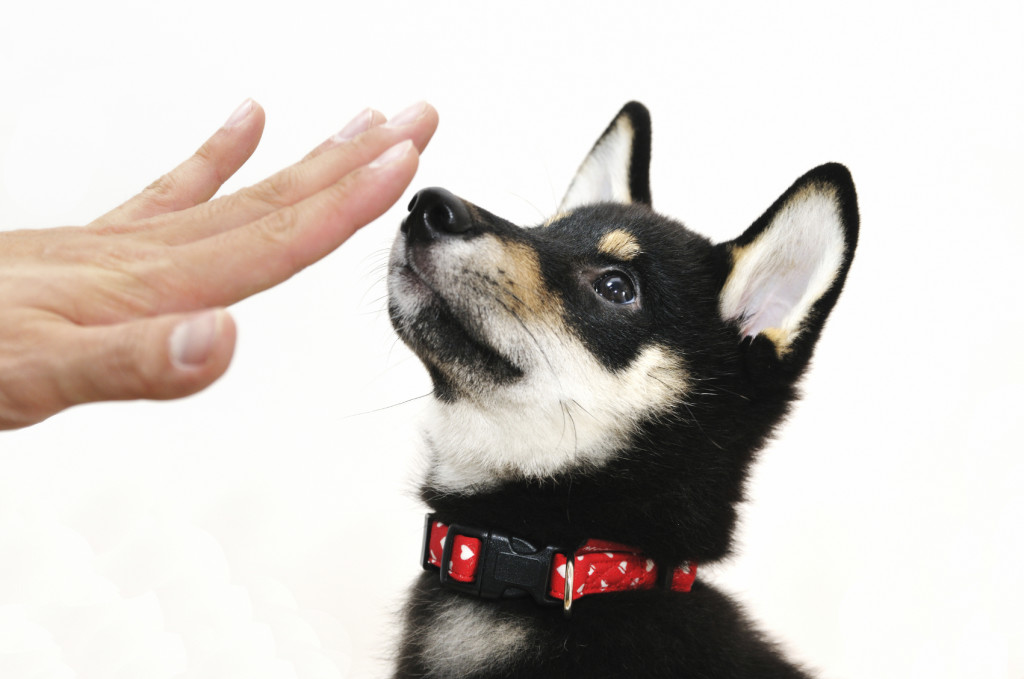
Sit
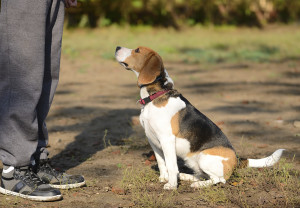
Essential for: Making your dog stop at will, for example at road crossings.
Stay
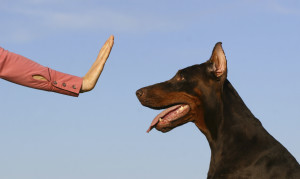
Essential for: Making your dog hold a safe position while you clear up potential dangers – for example, broken glass in your kitchen.
Come
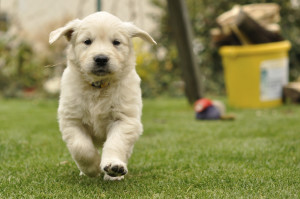
Essential for: Making your dog come to you, for example if they have slipped their lead or if they are approaching potential dangers.
Leave
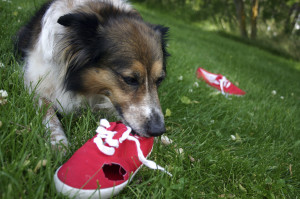
Essential for: Making your dog ignore something which is very interesting but which they shouldn’t have – like your shoes, or something more dangerous.
Drop
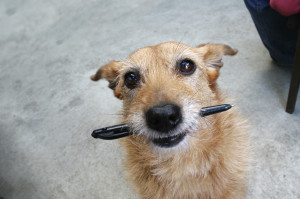
Essential for: Making your dog give up an item held in their mouth which they shouldn’t have.
With these commands mastered, you should have sufficient control over your pup to keep them safely out of danger – and then you’ll be able to move on to further training, both to expand their abilities and as a bonding process between you and your faithful canine companion. If you’d like any assistance with dog training, please do get in touch with us on 07739 815 265.
Copyright © 2025 CK9 Training
